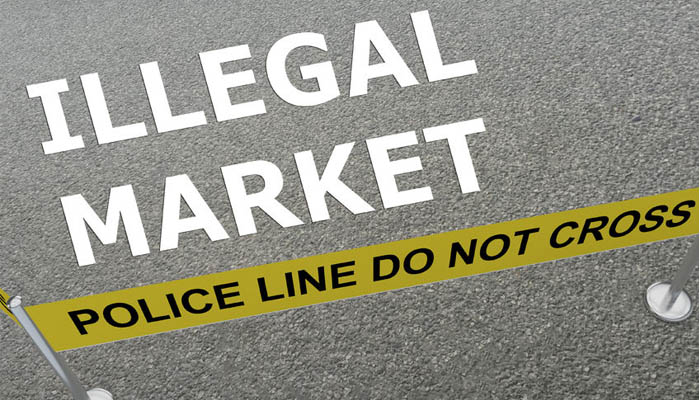I recently had an article published in the payments news periodical, The Green Sheet, entitled ‘Telltale Signs of Transaction Laundering.’
The idea for the story came to me when one of our merchant account managers was vetting the website of an applicant, didn’t like what she saw and subsequently refused the merchant’s request.
Because I am a regular contributor to The Green Sheet, it would be a conflict of interest to write about my company’s experiences. So I reached out to two noted experts on the issue – Dan Frechtling, the Senior Vice President of Marketing and Chief Product Officer at G2 Web Services in Bellevue, Wash., and Dione Hodges, the Senior Director of Risk Management and Underwriting at Sterling Payment Technologies in Tampa, Fla. – and they had plenty of stories to share.
As a complement to my story in The Green Sheet, I wanted to share our experiences with suspected transaction laundering, a fast-growing threat to e-commerce, here on our blog.
What is Transaction Laundering?
This is the Age of Fraud. Especially e-commerce fraud.
As a payment processor for high risk industries, Instabill merchant account managers and underwriters are often screening merchant websites. We do this to ensure merchants are selling what they claim they are selling to protect the acquiring bank, to protect ourselves, the payment processor, and ultimately the consumer.
Occasionally, our merchant account managers will come across a merchant website and find common, everyday products, available at any retailer, that are suspiciously expensive.
“I’ll see a website maybe once every two weeks, that just doesn’t appear right,” said Allison Pouliotte, a merchant account manager at Instabill. “They might sell tea, maybe a $30 product, and they’re selling it $150. We’ll question the pricing. Sometimes the merchant will try to justify it, but I just tell them we don’t have a solution for them.”
Irregularly expensive everyday products: It’s one of the signs of transaction laundering.
Airing on the Side of Caution
There are merchants who think because Instabill is a merchant account provider for high risk businesses, we can furnish virtually anyone with a merchant account. True, we do have offshore and international banking partners who tend to be more liberal when taking on businesses, but we turn away roughly 15 percent of the businesses that approach us.
Two years ago, we received an inquiry from a merchant who had opened an alternative weight loss and telemedicine facility. His merchant account had been terminated by a large processor, so he was very aggressively pursuing a new merchant account provider.
We found him a solution, but before it was offered, the acquiring bank reconsidered. After further review of his website, there were services and products that were vague and questionable.
Sometimes we have to use our best judgement. Alas, we felt the merchant posed too high a risk and opted to decline our services.
Behaviors and Other Red Flags of Transaction Laundering
What stood out for us in the above episode was the merchant’s behavior: Aggressive, daily phone calls asking when he could expect an approval – another indicator of transaction laundering.
Here are several others:
- High chargeback rates and significant activity on online complaint boards.
- Low quality website design with broken links, stock photos (with watermarks) or missing photos.
- Checkout page redirects to a separate website.
- Questionable or bogus customer reviews and testimonials.
- The merchant is slow to offer any history of processing transactions.
What are some of the red flags you’ve seen from suspicious merchants? Please leave us a comment below.


